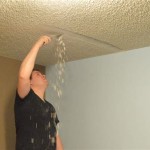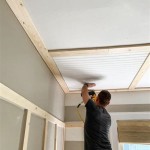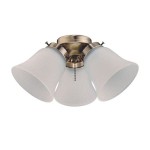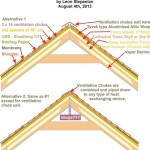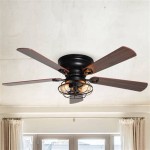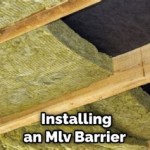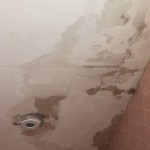Ceiling Insulation Faced or Unfaced
Ceiling insulation is a vital part of any home, as it helps to keep the interior of the house warm in the winter and cool in the summer. However, there are two main types of ceiling insulation: faced and unfaced. Faced insulation has a paper or foil backing that helps to reflect heat, while unfaced insulation does not. Both types of insulation have their own advantages and disadvantages, so it is important to choose the right type for your home.
Faced Insulation
Faced insulation is more expensive than unfaced insulation but offers several advantages. First, the paper or foil backing helps to reflect heat, which can help to keep your home warmer in the winter and cooler in the summer. Second, the backing helps to prevent moisture from getting into the insulation, which can help to prevent mold and mildew growth. Third, faced insulation is easier to install than unfaced insulation, as it does not require any additional materials.
Unfaced Insulation
Unfaced insulation is less expensive than faced insulation and is a good choice for homes in mild climates. Unfaced insulation does not have a paper or foil backing, so it does not reflect heat as well as faced insulation. However, it is still effective at insulating your home and can help to reduce your energy bills. Unfaced insulation is also more difficult to install than faced insulation, as it requires additional materials such as a vapor barrier and insulation supports.
Which Type of Insulation Is Right for You?
The type of ceiling insulation you choose will depend on your budget, climate, and needs. If you live in a cold climate, faced insulation is a good choice as it will help to keep your home warm in the winter. If you live in a mild climate, unfaced insulation is a good choice as it is less expensive and still effective at insulating your home. If you are on a budget, unfaced insulation is a good option. However, if you are looking for the best possible insulation, faced insulation is a better choice.
Installation
Ceiling insulation can be installed by a professional or DIYer. If you are installing the insulation yourself, be sure to follow the manufacturer's instructions carefully. Here are some general tips for installing ceiling insulation:
- Wear a dust mask and gloves when working with insulation.
- Start by measuring the ceiling and cutting the insulation to fit.
- Lay the insulation in the ceiling joists, making sure that there are no gaps.
- If you are using faced insulation, be sure to face the paper or foil backing toward the inside of the house.
- Cover the insulation with a vapor barrier.
- Secure the insulation with insulation supports.
Maintenance
Ceiling insulation does not require much maintenance. However, you should inspect the insulation regularly for any damage or moisture. If you find any damage, be sure to repair it as soon as possible. You should also replace the insulation every 10-15 years.

Unfaced Vs Kraft Faced Insulation What S The Difference Johns Manville

Unfaced Vs Kraft Faced Insulation What S The Difference Johns Manville

Attic Insulation Faced Vs Unfaced Wattson Home Solutions

When To Use Faced Or Unfaced Insulation

Faced Vs Unfaced Insulation Bob Vila

Difference Between Faced And Unfaced Insulation Eco Star Foam

Faced Vs Unfaced Insulation Bob Vila

Choosing Between Faced And Unfaced Insulation What To Pick

What Is The Right Insulation For An Attic Faced Or Unfaced

Faced Vs Unfaced Insulation Attic

